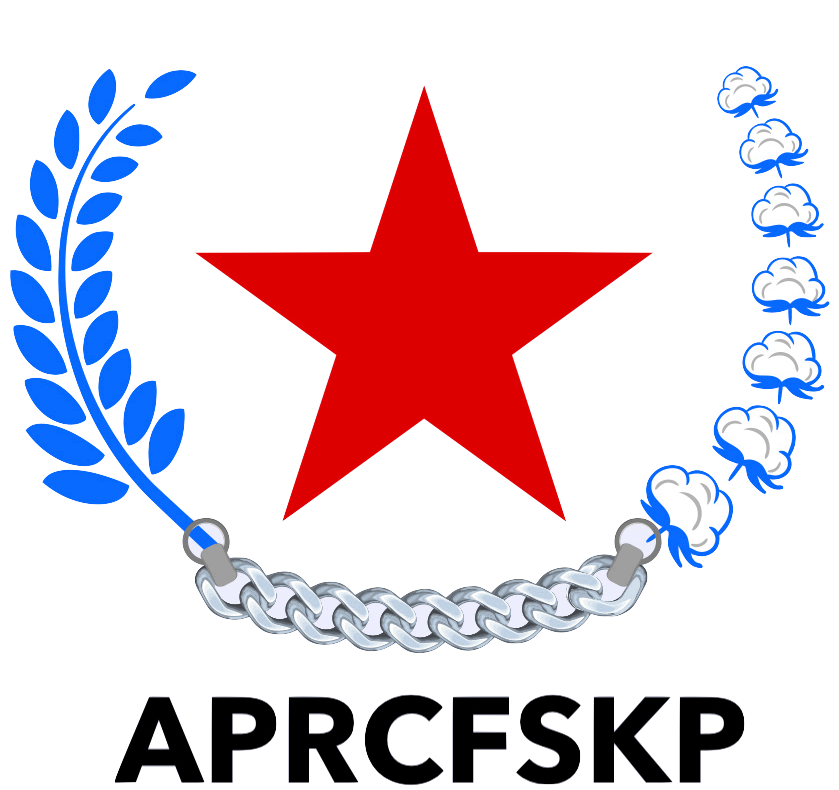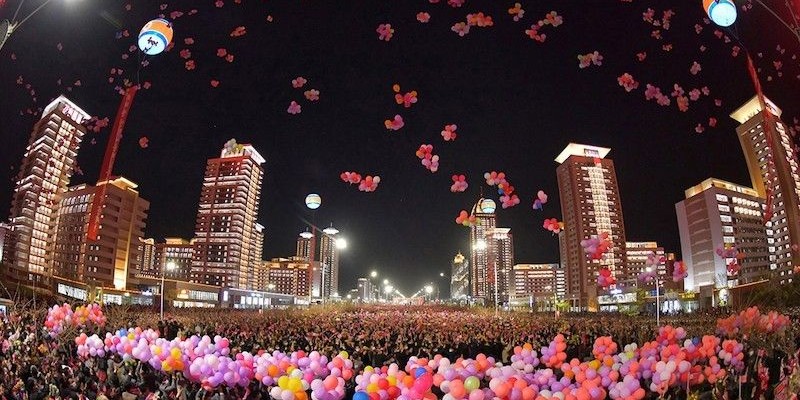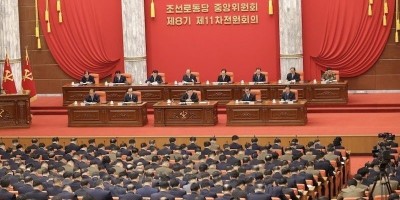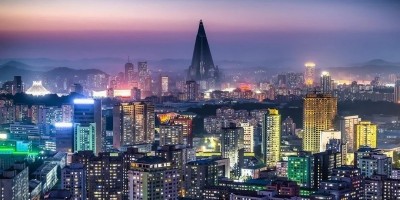Korean People’s Life Seen Through the Housing Law
The happy life of the people of the Democratic People’s Republic of Korea is guaranteed in part by the Law of the DPRK on Housing.
The law, enacted in January 2009, stipulates that it is an essential requirement of its socialist system for the state to take responsibility for solving the housing problem for the people.
It is quite surprising that the state bears the full burden for building houses for all the people across the country.
In recent years the country has built many modern houses. Last year alone, Songhwa Street with super-high-rise and other apartment houses was built, and the working people including families of persons of merits and labour feats moved to the luxury house in the newly-built Pothong Riverside Terraced Houses District in the capital city of Pyongyang. And new villages sprang up one after another in the rural areas in various parts of the country. These majestic urban apartment houses and one-storeyed and low-rise rural houses provide an eloquent proof of the advantages and viability of the law on housing.
The law, while stipulating that the state shall build modern urban and rural houses at its expense and distribute them to the people free of charge, clarifies the problems related to the people-oriented principles to be adhered to in distributing them.
The law stipulates that houses shall be provided preferentially to Heroes, veterans of the Fatherland Liberation War, honoured disabled ex-soldiers, former military officers, teachers, scientists, technicians, meritorious persons, model workers, families with triplets and those with many children; it also prescribes the principle of distributing houses, which are provided with cultured conditions for sufficient relaxation, to those working in the challenging and labour-consuming sectors; in particular, it mandates that victims of natural calamities be provided with houses.
In recent years different regions of the DPRK, particularly North and South Hwanghae provinces and South Phyongan Province, suffered serious damage from a series of flooding, heavy rains and typhoons. In order to relieve the victims of the misfortune immediately, each time the ruling Workers’ Party of Korea and the government set housing construction as the primary task for the rehabilitation projects, and mobilized national potentialities as a whole, thus erecting new streets and villages in the shortest possible period and providing the victims with new houses.
What is noteworthy is the fact that housing construction in the country is geared to providing the people with stabler and more civilized living conditions, and that it is not aimed at gaining financial profits but turning the state’s assets and the fruits of the creative labour of the working masses into a source of their wellbeing.
The law also stipulates that no permission shall be given to the designs of houses, which do not accord with the fixed standards nor ensure convenience, safety, hygienic prescriptions for human health and cultural standards and which are of the same style.
As the new houses built in the countryside last year show, they are built in different forms–one-storeyed, low-rise and terraced with different shapes of roofs like flat and sliding ones.
The law stipulates that houses shall be provided preferentially to Heroes, veterans of the Fatherland Liberation War, honoured disabled ex-soldiers, former military officers, teachers, scientists, technicians, meritorious persons, model workers, families with triplets and those with many children; it also prescribes the principle of distributing houses, which are provided with cultured conditions for sufficient relaxation, to those working in the challenging and labour-consuming sectors; in particular, it mandates that victims of natural calamities be provided with houses.
In recent years different regions of the DPRK, particularly North and South Hwanghae provinces and South Phyongan Province, suffered serious damage from a series of flooding, heavy rains and typhoons. In order to relieve the victims of the misfortune immediately, each time the ruling Workers’ Party of Korea and the government set housing construction as the primary task for the rehabilitation projects, and mobilized national potentialities as a whole, thus erecting new streets and villages in the shortest possible period and providing the victims with new houses.
What is noteworthy is the fact that house construction in the country is geared to providing the people with stabler and more civilized living conditions, and that it is not aimed at gaining financial profits but turning the state’s assets and the fruits of the creative labour of the working masses into a source of their wellbeing.
The law also stipulates that no permission shall be given to the designs of houses, which do not accord with the fixed standards nor ensure convenience, safety, hygienic prescriptions for human health and cultural standards and which are of the same style.
As the new houses built in the countryside last year show, they are built in different forms–one-storeyed, low-rise and terraced with different shapes of roofs like flat and sliding ones.
It is a consistent policy of the WPK to satisfy the ever-increasing cultural and emotional demands of the people by building a succession of new streets, villages and other architectural groups that will go well with the height of the civilization of the times.
This year, too, it set housing construction, an undertaking most favoured by the people, as a top priority in its policies, and unfolded a grand plan for the construction in the capital city and rural communities. The construction of the 10 000 flats in the Hwasong area which started last year is about to be inaugurated. And now the country is pushing ahead with the construction of another 10 000 flats as the second-stage project in the Hwasong area and a new street with more than 4 000 flats in the Sopho area in the capital city. It is also giving a stronger spur to housing construction in the rural areas by drawing on the experiences it gained last year.
Thanks to the people-oriented law and the WPK’s correct policy for applying it thoroughly and accurately, more cultured and better houses are built and provided to the people in the DPRK. 






